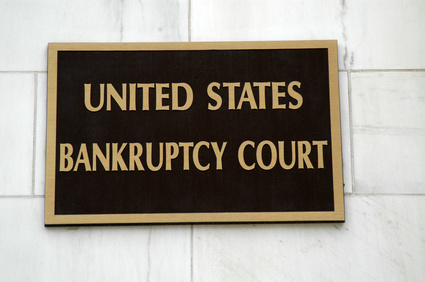It has been several months since the Eleventh Circuit handed down its decision holding that filing a proof of claim on “time-barred” debt violates the FDCPA. The request for rehearing, which I reported about this past summer, was denied. While a petition for certification to the Supreme Court is possible, even if the court accepts the case (and that’s a tall order itself) we would not see a decision before 2016.
A Multitude of Crawford-type Claims
While it was a safe bet a new round of FDCPA claims would be spawned by Crawford, the sheer number of claims being filed outside the Eleventh Circuit is surprising. And it is not limited to only proofs of claim filed against debt subject to expired statute of limitations. One complaint asserted a failure to provide e(11) disclosures on bankruptcy communications and another alleges the FDCPA was violated for failure to provide a section 1692g notice within five days following the filing of the proof of claim. Another case filed in Florida state court is alleging it violates the Florida Consumer Credit Protection Act.
 Welcome to Bankruptcy Court
Welcome to Bankruptcy Court
Several of the cases are class actions (some national, some very limited in scope), many are not. Some cases are also being brought in the United States Bankruptcy Courts as adversary proceedings. While many of the Federal Rules of Civil Procedure are incorporated into Part VII of the Bankruptcy Rules of Procedure, there are some variations. One difference is in Rule 7012, which requires responsive pleadings to admit or deny whether the adversary action is “core or non-core.” The appeal process also differs and depending on the circuit, cases may be sent to a U.S. District Court or a Bankruptcy Appellate Panel.
Some cases are being developed in debtors’ bankruptcy proceedings even before an adversary proceeding is filed. One debtor’s counsel recently used a 2004 examination of a creditor’s attorney in the hope of uncovering a cause of action before ever filing an adversary complaint. There’s a big difference between a deposition and a 2004 exam, which is also known to be a “fishing expedition.”
Expect Decisions from Other Circuits in 2015
Crawford is an Eleventh Circuit decision, but it has obtained traction outside that circuit. A U.S. District Court in the Southern District of Indiana denied a motion to dismiss an FDCPA claim founded on a proof of claim filed on out-of-statute debt, saying it was persuaded by Crawford. That case has been stayed while the defendant seeks an interlocutory appeal from the Seventh Circuit. With filings picking up in other circuits, expect more appeals to be taken. The reason is simple — there’s sizable body of federal law that either expressly holds (or can be interpreted as supporting) that the conduct does not violate the FDCPA. Twelve years ago, the Ninth Circuit Court of Appeals in Walls v. Wells Fargo, rejected an FDCPA claim where the bankruptcy code “provides its own remedy” for alleged bankruptcy code violations. That decision limits, if not nullifies, Crawford-type claims in the Ninth Circuit. The Second Circuit’s 2010 decision in Simmons v. Roundup, affirming dismissal of an FDCPA claim based on a proof of claim, should have the same limiting effect on Crawford-type claims there. But that still leaves plenty of other places for Crawford claims to be made.
ABA Panel Will Examine Crawford and its Progeny
At the Jan. 10-13, 2015 Meeting of the Consumer Financial Services Committee of the American Bar Association’s Business Law Section, Alan Leeth of Burr Forman and I, along with Alane Beckett of Beckett & Lee and Alan Hochheiser of Buckley King, will examine Crawford. In particular, we are going to break down an issue that Crawford spent no time considering and is a real flaw in its rationale — what is a “claim” under the Bankruptcy Code. The panel will also look at the recent trends that Crawford has created. You can register for the conference here.


